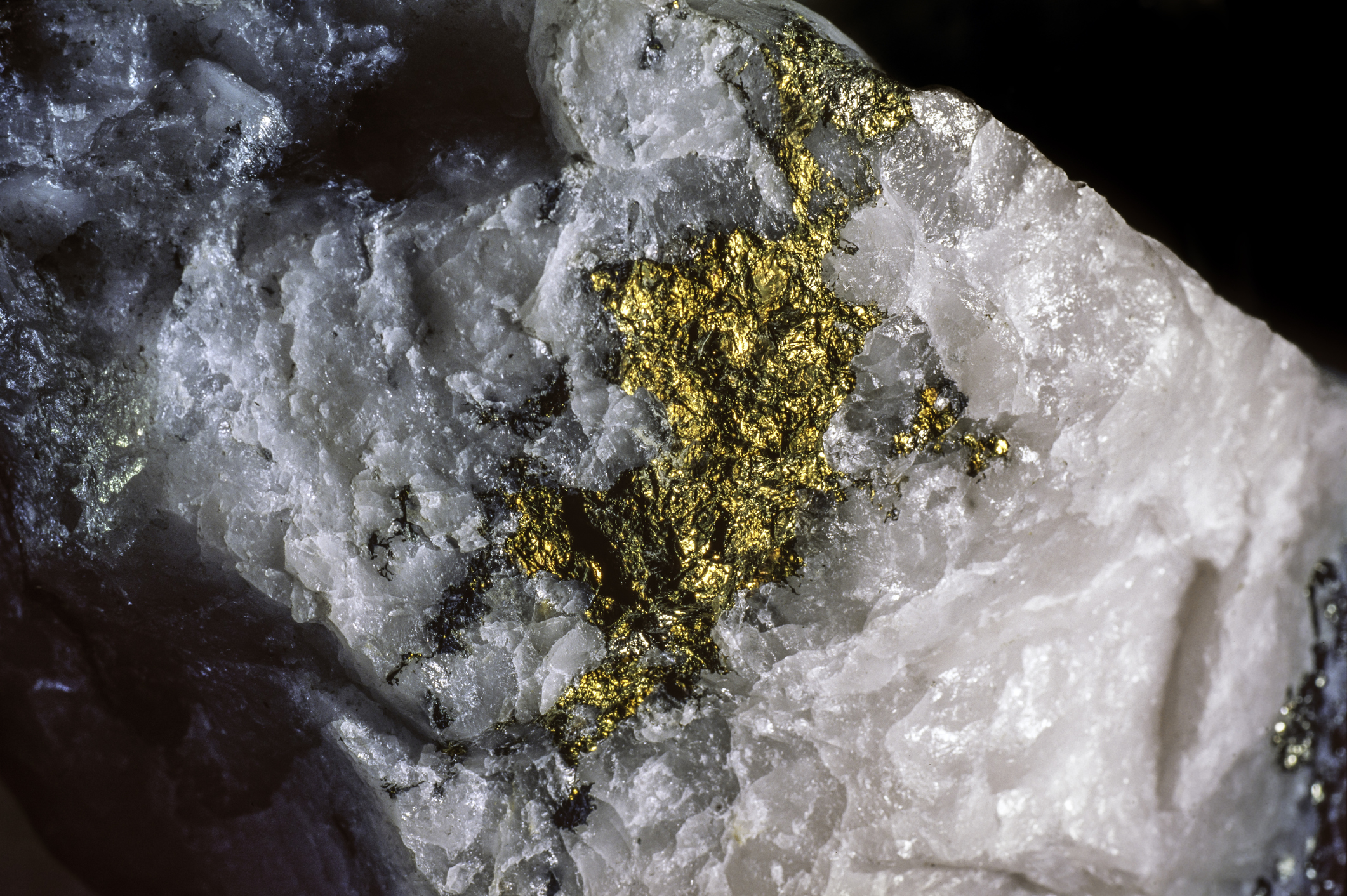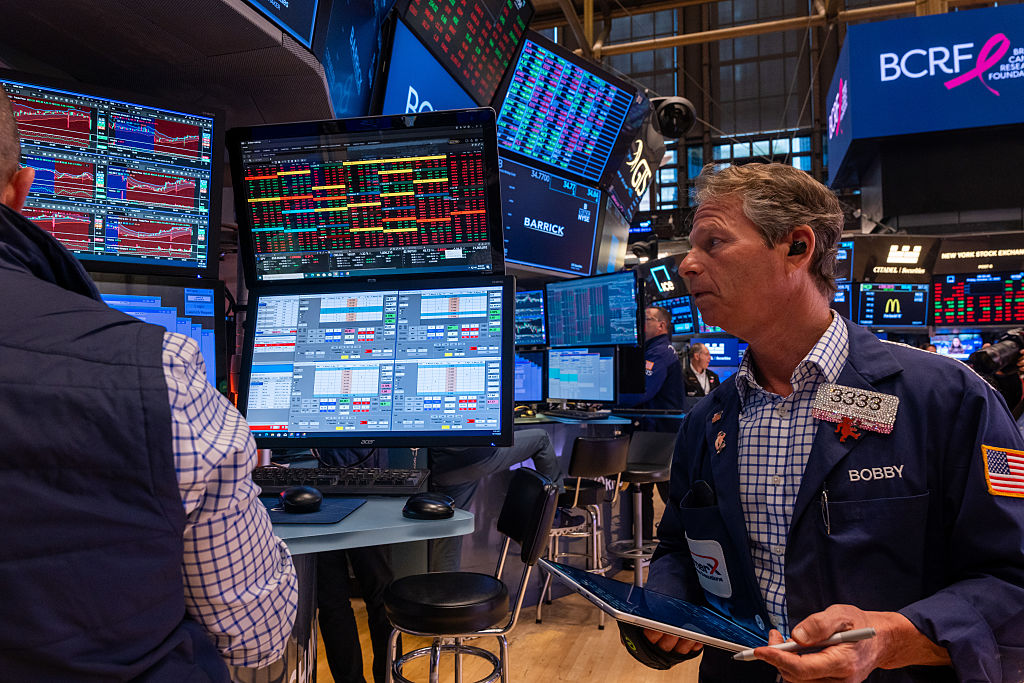
The rise in the gold price ought to be very good news for gold miners. In theory, every dollar on the gold price goes straight to profits as mining costs are fixed. Gold-mining shares used to be regarded as a leveraged play on the gold price, amplifying the rise in the metal. In practice, it hasn’t worked out like that. The gold price has risen over 20% this year and 32% over one year to around $2,500 an ounce. The price is 40% higher than the peak reached 12 years ago. Yet the FTSE Gold Mining index stands nearly 30% below the level reached in late 2011.
Is the BlackRock World Mining Trust a good buy?
This doesn’t necessarily mean that gold-mining shares are a bargain. Miners are beset by rising costs, falling ore grades and government taxation and regulation, which means that their break-even gold prices rise steadily. For example, in the early 1990s South Africa was the world’s leading gold producer, accounting for 30% of global output. But today it is not even in the top ten. Output increased 12% in 2023, but that was 40% below the volume in 2010 and 90% below the level seen in 1970.
Still, investors in global mining are at last making money. The £1bn BlackRock Gold and General Fund, managed by Evy Hambro and Tom Holl, has made investors no money since it launched in 2011, but it is up 17.5% in 2024. About 55% of the fund is invested in Canada, 31% in the US and 10% in Australia, showing a strong preference for safe and stable countries. Half of the fund is invested in large-caps with a market value above $10bn and 43% in mid-caps with values of $1bn-$10bn. Almost 90% is invested in gold miners and 10% in silver. The top ten holdings account for 59% of the portfolio and the top three, Newmont, Agnico Eagle Mines and Barrick Gold Corp, for almost a quarter.
MoneyWeek
Subscribe to MoneyWeek today and get your first six magazine issues absolutely FREE

Sign up to Money Morning
Don't miss the latest investment and personal finances news, market analysis, plus money-saving tips with our free twice-daily newsletter
Don't miss the latest investment and personal finances news, market analysis, plus money-saving tips with our free twice-daily newsletter
The fund is almost a mirror image of the $4bn BlackRock World Gold Fund, launched in 1994, but has considerably lower costs – 1.15% per annum versus 2.06%. That the World Gold Fund has returned an annualised 7.7% since its inception shows how abruptly the fortunes of gold miners changed in 2011; until then, the fund had multiplied sevenfold on a quadrupling of the gold price. If the gold price keeps climbing and the upward trajectory is deemed sustainable rather than the prelude to a nasty bear market, gold-mining shares should continue to perform, and even outperform the gold price.
A safer option might be the £1.2bn BlackRock World Mining Trust (LSE: BRWM), also managed by Evy Hambro, but with Olivia Markham as co-manager. Almost 25% of its assets are invested in gold miners although there will also be gold production in the 35% invested in “diversified” miners. The proportion invested in gold varies depending on the managers’ view of the outlook, so the trust, which trades at around net asset value (NAV), should provide a smoother ride than a pure gold fund. At present, 24% of the fund is invested in copper, whose price rose strongly earlier this year, but has since fallen back. The trust is down 8% over one year and has returned just 4% over three, but 68% over five. So it is hardly riding the crest of a wave. The shares yield 6% to pay for the wait until the next boom.
Hambro says that “constrained mined commodity supply, an evolving demand picture, strong balance sheets and valuations below historic averages make us optimistic about the outlook for the sector on a long-term view”. Cynics would point out that he is always optimistic. But his observation that “mining companies have focused on capital discipline in recent years, meaning they have opted to pay down debt, reduce costs and return capital to shareholders, rather than investing in production growth” is inarguable. The massive boom in demand driven by China between 2002 and 2011 is over, but other drivers of demand, such as infrastructure spending and renewable energy, are replacing it. Gold bulls will prefer BlackRock’s Gold & General fund, but World Mining is a compelling alternative.
This article was first published in MoneyWeek's magazine. Enjoy exclusive early access to news, opinion and analysis from our team of financial experts with a MoneyWeek subscription.
Get the latest financial news, insights and expert analysis from our award-winning MoneyWeek team, to help you understand what really matters when it comes to your finances.

Max has an Economics degree from the University of Cambridge and is a chartered accountant. He worked at Investec Asset Management for 12 years, managing multi-asset funds investing in internally and externally managed funds, including investment trusts. This included a fund of investment trusts which grew to £120m+. Max has managed ten investment trusts (winning many awards) and sat on the boards of three trusts – two directorships are still active.
After 39 years in financial services, including 30 as a professional fund manager, Max took semi-retirement in 2017. Max has been a MoneyWeek columnist since 2016 writing about investment funds and more generally on markets online, plus occasional opinion pieces. He also writes for the Investment Trust Handbook each year and has contributed to The Daily Telegraph and other publications. See here for details of current investments held by Max.
-
 ‘Why I have ditched my Help to Buy ISA for cash savings and the stock market’
‘Why I have ditched my Help to Buy ISA for cash savings and the stock market’Without the 25% bonus, my Help to Buy ISA is effectively redundant, says MoneyWeek writer Sam Walker.
-
 Is your inheritance tax allowance cut if you sell to downsize or sell your home to pay for care?
Is your inheritance tax allowance cut if you sell to downsize or sell your home to pay for care?Downsizing relief is a little-known benefit that could save your loved ones tens of thousands of pounds in inheritance tax after you’ve died.
-
 Stock markets have a mountain to climb: opt for resilience, growth and value
Stock markets have a mountain to climb: opt for resilience, growth and valueOpinion Julian Wheeler, partner and US equity specialist, Shard Capital, highlights three US stocks where he would put his money
-
 A reckoning is coming for unnecessary investment trusts
A reckoning is coming for unnecessary investment trustsInvestment trusts that don’t use their structural advantages will find it increasingly hard to survive, says Rupert Hargreaves
-
 Metals and AI power emerging markets
Metals and AI power emerging marketsThis year’s big emerging market winners have tended to offer exposure to one of 2025’s two winning trends – AI-focused tech and the global metals rally
-
 King Copper’s reign will continue – here's why
King Copper’s reign will continue – here's whyFor all the talk of copper shortage, the metal is actually in surplus globally this year and should be next year, too
-
 Literacy Capital: A trust where great returns fund a good cause
Literacy Capital: A trust where great returns fund a good causeThere’s plenty to like about specialist private-equity trust Literacy Capital, says Max King
-
 How to harness the power of dividends
How to harness the power of dividendsDividends went out of style in the pandemic. It’s great to see them back, says Rupert Hargreaves
-
 Tetragon Financial: An exotic investment trust producing stellar returns
Tetragon Financial: An exotic investment trust producing stellar returnsTetragon Financial has performed very well, but it won't appeal to most investors – there are clear reasons for the huge discount, says Rupert Hargreaves
-
 How to capitalise on the pessimism around Britain's stock market
How to capitalise on the pessimism around Britain's stock marketOpinion There was little in the Budget to prop up Britain's stock market, but opportunities are hiding in plain sight. Investors should take advantage while they can
